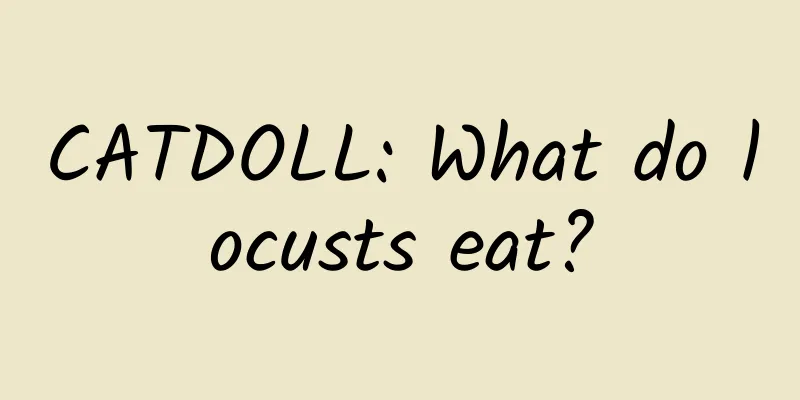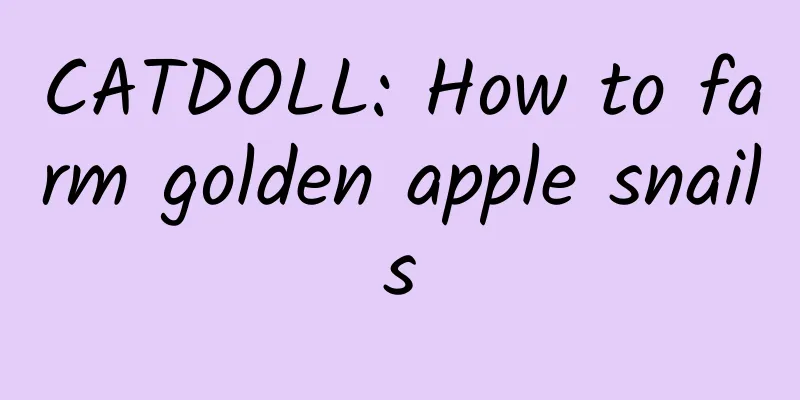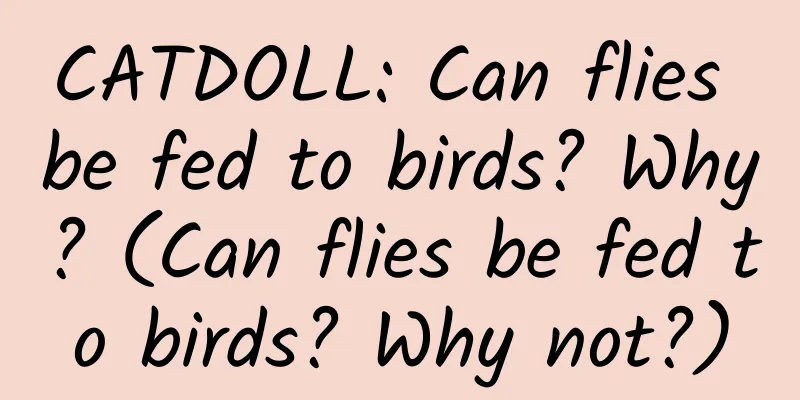CATDOLL : CATDOLL: What do locusts eat?

What do locusts eat?Yellow locusts mainly include ground locusts and migratory locusts. Ground locusts refer to locusts other than migratory locusts, which can feed on leaves, tender stems, flower buds and tender fruits of wheat, rice, millet, corn, beans, tobacco, reeds, vegetables, fruit trees, trees and weeds. Migratory locusts have a very diverse diet, mainly feeding on plants of the Gramineae and Cyperaceae families, and are most fond of weeds such as reeds, barnyard grass and red grass (Reed). What do locusts eat? In addition, locusts also like to eat cultivated crops such as wheat, corn, sorghum, rice, millet, sugarcane, etc. When food is scarce, they can also harm crops such as cotton, soybeans and vegetables. Migratory locusts feed on all green parts of plants above ground, including leaves, young stems and young ears, both as adults and nymphs (hoppers). The soil locusts will bite notches or holes in the leaves, and in severe outbreaks they can eat the crops completely or strip them bare. Characteristics of locustsThe antennae, palps, cerci on the abdomen, and receptors on the legs can sense touch. The taste organs are in the mouthparts, and there are olfactory organs on the antennae. There are eardrums on both sides of the first abdominal segment and at the base of the tibia or forelegs, which are responsible for hearing. The compound eyes are responsible for vision. The single eye is responsible for light perception. The hind leg segment is thick and suitable for jumping. The male insects make sounds by rubbing the left and right wings together or rubbing the sound file of the hind leg segment against the raised veins of the front wings. Some species can also make sounds when flying. The habitats vary. For example, Marellia remipes in South America spends most of its life on floating plants, can swim, and lay eggs on aquatic plants. The body is medium or large, and some species (such as Tropidacris latriellei in South America) are more than 11 cm long. People in some areas use locusts as food. The natural enemies of locusts include birds, poultry, frogs and snakes, and humans also catch them in large numbers. The whole body is usually green, gray, brown or dark brown, with a large head and short antennae; the pronotum is hard and extends to the left and right sides like a saddle, and the middle and metathorax are fused and cannot move. The feet are well-developed, especially the muscles of the hind legs are strong and powerful, and the exoskeleton is hard, making it an expert in jumping. There are also sharp saw spines on the tibia, which are effective defensive weapons. The ovipositor has no obvious protrusion, which is the biggest difference between it and katydids. In addition to antennae, the head also has a pair of compound eyes, which are the main visual organs. There are also three simple eyes with a shed head, which can only sense light. There is a mouthpart under the head, which is the feeding organ of the locust. The mouthpart of the locust is composed of the upper lip (1 piece), the upper jaw (1 pair), the tongue (1 piece), the lower jaw (1 pair), and the lower lip (1 piece). Its upper jaw is very hard and suitable for chewing, so this type of mouthpart is called a chewing mouthpart. On both sides of the first segment of the locust's abdomen, there is a pair of half-moon-shaped membranes, which are the locust's auditory organs. The row of small holes arranged neatly on the left and right sides are the spiracles. From the middle thorax to the 8th segment of the abdomen, each body segment has a pair of spiracles, with a total of 10 pairs. Each spiracles is connected to the trachea inward. There are tracheae of varying thicknesses connected vertically and horizontally in the locust's body. The trachea branches again and again, and finally connects with each cell through fine branches to perform respiration. Therefore, the spiracles are the gateways for gases to enter and exit the locust's body. Diet: Herbivorous. They like to eat thick leaves, such as sweet potatoes, water spinach, cabbage, etc. Growth and development: Incomplete metamorphosis. |
<<: CATDOLL: Materials and prices for mealworm farming
>>: CATDOLL: What should we do if the soil becomes compacted?
Recommend
CATDOLL: What are the precautions when applying fertilizer to rice fields for fish farming?
What should be paid attention to when applying fe...
CATDOLL: How many pairs of legs does a fly have? Is it a vertebrate or an invertebrate?
Flies are invertebrates. They have no bones, let ...
CATDOLL: What is this? Can you tell me more?
What is this? Please be more specific. Yun'er...
CATDOLL: German translation Ich besitze
1. German translation Ich besitze I have a record...
CATDOLL: Do I need to put soil in the house to raise snails?
1. How to keep snails at home after they give bir...
CATDOLL: Why do white shrimp eat slowly in winter?
Why do white shrimp eat slowly in winter? Winter ...
CATDOLL: Do you want to grow native grasshoppers in flowers?
1. Can you raise native grasshoppers in flowers? ...
CATDOLL: Why do all the baby peacock fish die when they are born?
1. Why do all the baby fish of peacock tropical f...
CATDOLL: Solution to laying shapi eggs
The reason why laying hens lay sand-peel eggs Lay...
CATDOLL: How to kill flies in chicken farms (fly killing methods in chicken farms)
1. How to eliminate too many flies in the brooder...
CATDOLL: California bass is a carnivorous fish. Will large differences in the size of the fry affect later breeding?
1. California bass is a carnivorous fish. Will la...
CATDOLL: Does the shell of a river clam have any medicinal value?
Does the shell of a river clam have any medicinal...
CATDOLL: How to distinguish between farmed and wild white chain
1. How to distinguish between farmed white chain ...
CATDOLL: How to raise spiders and what do you need to prepare to raise them (How to raise spiders and what do you need to prepare to raise them)
1. How to raise spiders, what do they eat, and do...
CATDOLL: Pictures of fish in the Xisha Islands
1. Pictures of fish in the Xisha Islands Birds, f...









